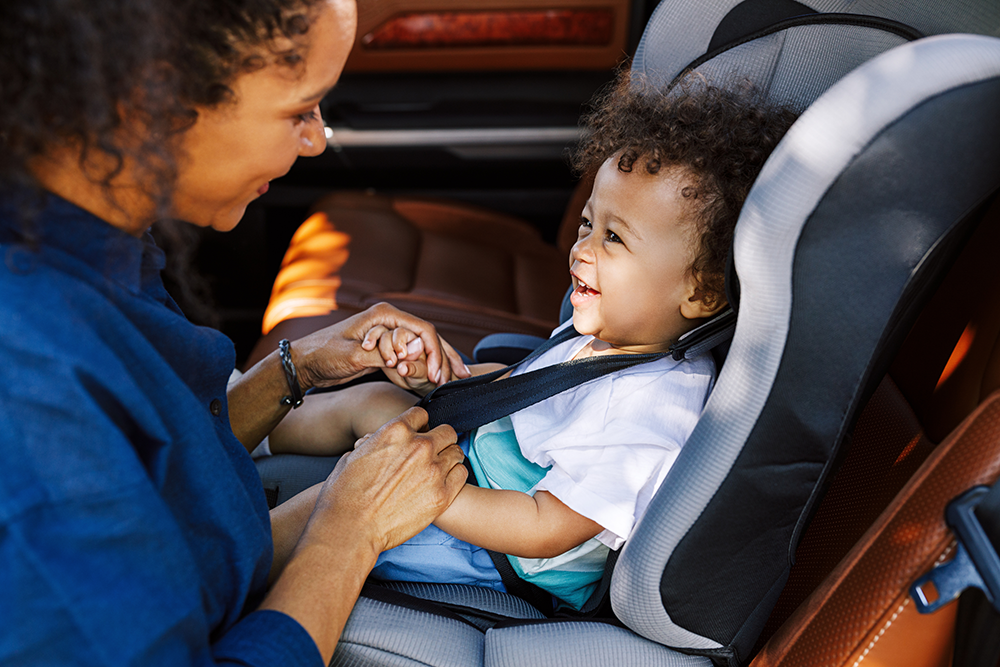Annual campaign promotes car seat safety for the littlest passengers
Published on September 02, 2014 05:54 PM in Maintenance

Child passenger safety takes center stage in September with National Child Safety Week, an annual reminder for parents on ways to help prevent injuries.
According to the National Highway Traffic Safety Administration, the federal agency sponsoring the event, car crashes are a leading cause of death for children 1 to 13 years old. Deaths and injuries can be prevented by proper use of car seats, boosters, and seat belts.
The goal is to educate parents while reminding them of the seriousness of the issue. It also aims to ensure toddlers and adolescents are properly secured, including the use of booster seats for children too small for traditional seat belts.
NHTSA recommends for child safety seats:
- Get your safety seat inspected. You may find an inspection station for your state by going to the following link: Safety Seat Inspection
- Do not use a pre-owned car seat since parts or instructions may be missing. Also, do not use seats older than six years.
- Always secure an infant in the rear seat facing away from the windshield. Most infant car seats are secured with the seat belt, though some vehicles come equipped with special restraints that connect to specific types of car seats.
- For infant carrier seats, always fold down the handle when secured in the vehicle. This plastic handle will not act as a “roll bar” in an accident and could become a safety hazard to the child.
- Booster seats are held in place by the child’s weight and the lap-and-shoulder belt. They are designed to accommodate children too large for an infant carrier but not yet ready for a standard seat belt.
- Booster seats should be secured in the car at all times with the seat belt. If left unsecured, (even without a child sitting in it) the seat can be tossed around during a collision or sudden braking.